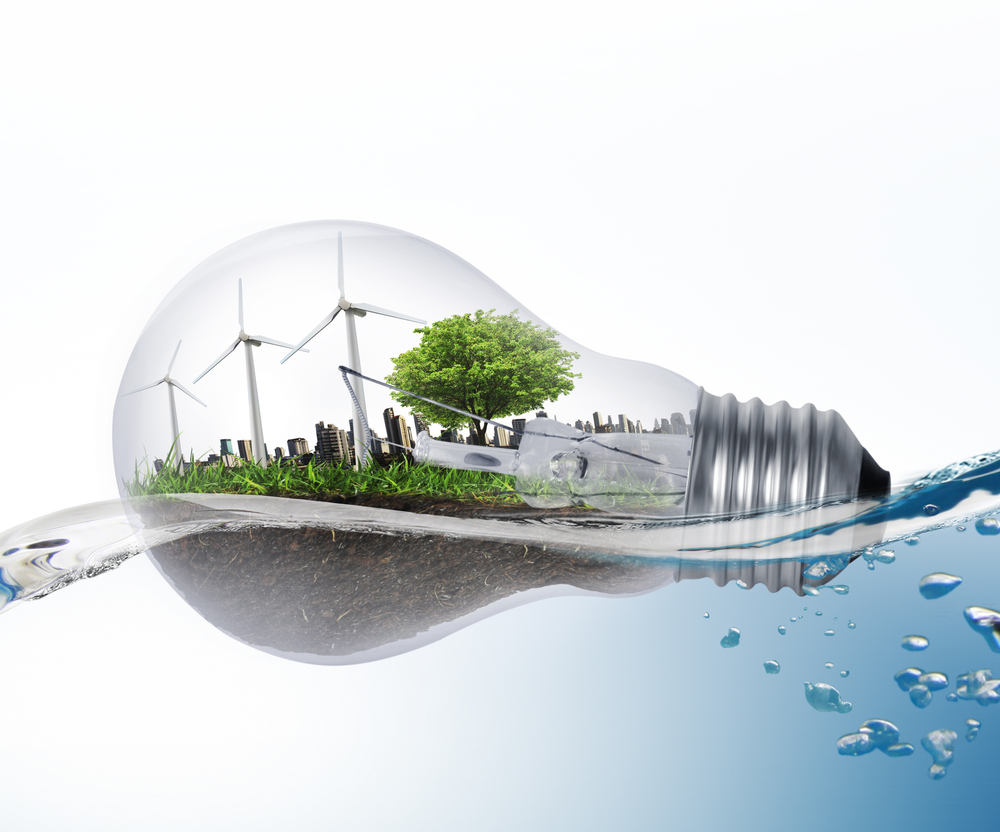Before anyone jumps head-first into any investments in greener, cleaner energy sources, which are undeniably still a bit expensive on the individual consumer level, you need to keep in mind that efficiency is the ultimate goal. Mother Nature doesn’t know that your resolution to go paperless for example is with the aim of living a cleaner life and reducing your carbon footprint, so your efforts have to be backed up by solid info on their effects, which may very well be very different to their intended effects.
It is, unfortunately, a case of no good deed going unpunished in the case of one’s resolution to reduce their carbon footprint by using cleaner energy and I particularly used the example of going paperless because this is a perfect example of how good intentions don’t quite seem to be working out the way they were originally and innocently intended to.
Quite a few reputable news sources (of the few that remain, that is) have taken different angles on this issue, with some of the earliest of these publications dating back to around the turn of the decade, but I reckon the most interesting angle is that which was taken by the New York Times. The New York Times tackled this issue from the point of view of it being better for the environment to send a letter than an email, something which is often depicted to operate the other way around since the use of paper would indicatively have a greater impact on the environment than going electronic.
This is where one would realise just how mentally taxing it really is to try and lead a life which has you reducing your carbon footprint because you have to take into account the many elements which come together to afford you the choice of something like sending an email over sending a physical letter printed on paper. We often only compare the immediate elements, forgetting that something like sending an email involves many other elements, such as data centres housing the email servers, the telecommunication infrastructure used to make sure the mailing system works, the power consumed by the device you use to send that email and the manufacturing process behind the production of that device you use to send your email.
Now I won’t go into the specifics by way of breaking this comparison down to some numbers which will provide more concrete evidence of emails having a greater environmental impact that snail mail letters, although I probably should, however, my mentioning of this is just as an example to demonstrate how us environmentally conscious folk actually have our work cut out for us in the choices we make in our attempts to use energy more efficiently. Perhaps we ought to start small before we make decisions that will negatively impact us unintentionally, try looking at electronics reviews to see what the cost of our products really are, or try travelling by foot or bike before jumping into a cab.
It is after all, all about efficiency and I’m not suggesting we all switch back to snail mail – that would be unrealistic and backwards. What I am suggesting is that we need to keep it moving with regards to our efforts to use energy more efficiently, in other words perhaps seek to power up our servers and the email network they’re connected to in the email-versus-snail mail example. We need to take things to the next step because the technology and infrastructure are certainly there.
- The Ultimate Guide to Buying an Electric Car - 19th June 2023
- WILL HHC SHOW UP ON A DRUG TEST? - 23rd November 2022
- Your Guide To Field Service Management Software - 23rd March 2022

